Product Design
Creative Direction
Brand Identity
Marketing Strategy



The Challenge & Goal
From Idea to Execution
Research-Based Product Design
One of my initial priorities was to gain a deep understanding of the current landscape of wooden accessories. I analyzed potential competitors extensively, identified significant issues within the current market, and outlined the fundamental distinctions our brand would offer to address these consumer challenges.
2OOB | 4MOR | Marley Natural | PotPocket | Slugger | PAQ | |
|---|---|---|---|---|---|---|
MSRP | $24.20 | $42.00 | $35.00 | $26.19 | $51.21 | $32.81 |
Comparable Product | N/A | N/A | 2OOB / TW1G | 2OOB / 4MOR | 4MOR | 4MOR |
Material | Wood | Wood | Wood / Metal | Wood | Wood | Plastic |
# of Pre-Rolls | 2 | 10+ | 1 | 2-3 | 5-7 | 5 |
Pre-Roll Size | 1 ¼” | King Size | 1″ | 1 ¼” | 1 ¼” | King Size |
Handmade | ✅ | ✅ | ❌ | ✅ | ❌ | ❌ |
Manufactured | Canada | Canada | USA | USA | USA | USA |
The issues we chose to address were:
Single use plastics
Store shelves stocked with plastic, single-use containers for sale.
Lack of high-quality wood options
Competitors existed, but their products were poor quality and (primarily) factory-made overseas.
Minimal variety
Most manufacturers only offered 1-2 varieties of wood, with almost no variety in design.
Our Core Differences
This research led to the development of our products, designed to fill gaps in the market. Recognizing that the brand needed more than just a wooden stick to thrive, we aimed to produce a premium collection of handcrafted wooden accessories tailored to upscale consumers. With six distinct product designs and nine varieties of exotic wood sourced sustainably, our core product distinctions include:
We provided consumers with a reusable, stylish alternative to single-use plastic containers. Even down to our shipping, everything was recyclable.
Our products were made with sophisticated, sustainable wood options that were unmatched by any competitor. My personal favorite was Zebrawood.
We were proudly locally made, beginning in a garage. Our mantra was "Made in Canada, now and forever."
Recognizing that the market was dominated by two standard roll sizes, we designed our products specifically to accommodate these dimensions.
While this initiative didn't stem directly from our research, our agency committed to planting trees for every project we completed, so we extended this principle of planting trees for every product sold.
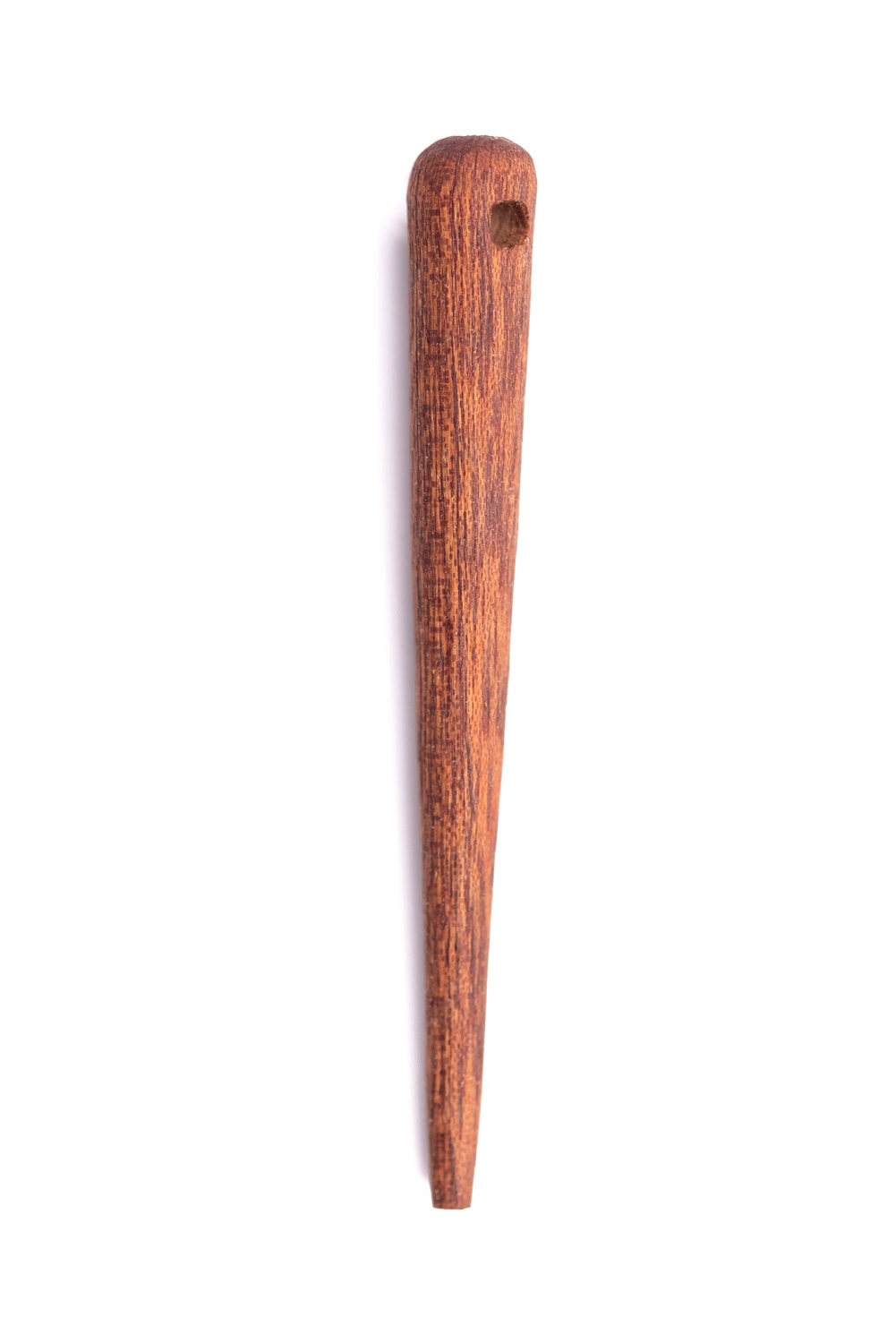
The infamous PØKE that started it all.
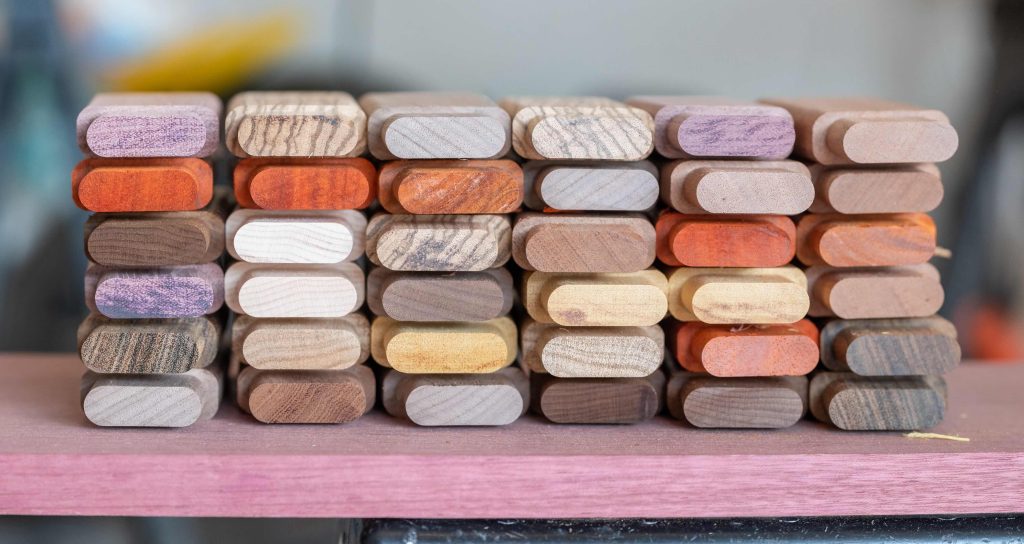
After extensive prototyping with our woodworker, we ultimately had the designs for a luxurious product line serving an underserved segment of the consumer market. Unfortunately, I cannot share our original designs, but hopefully, the final products speak for themselves.
The small town of Goodwood, Ontario, with a population of 633.
Building a Captivating Brand


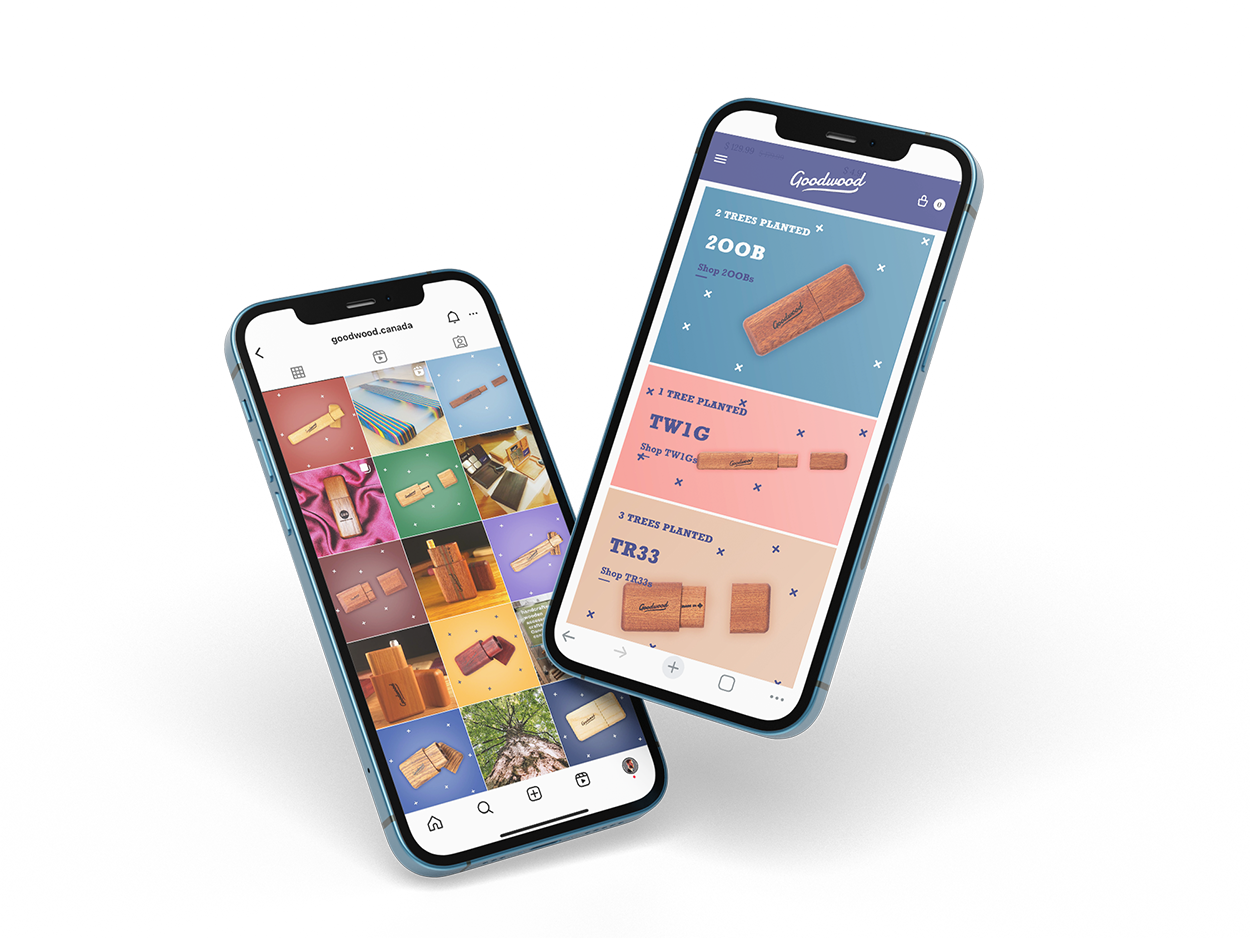
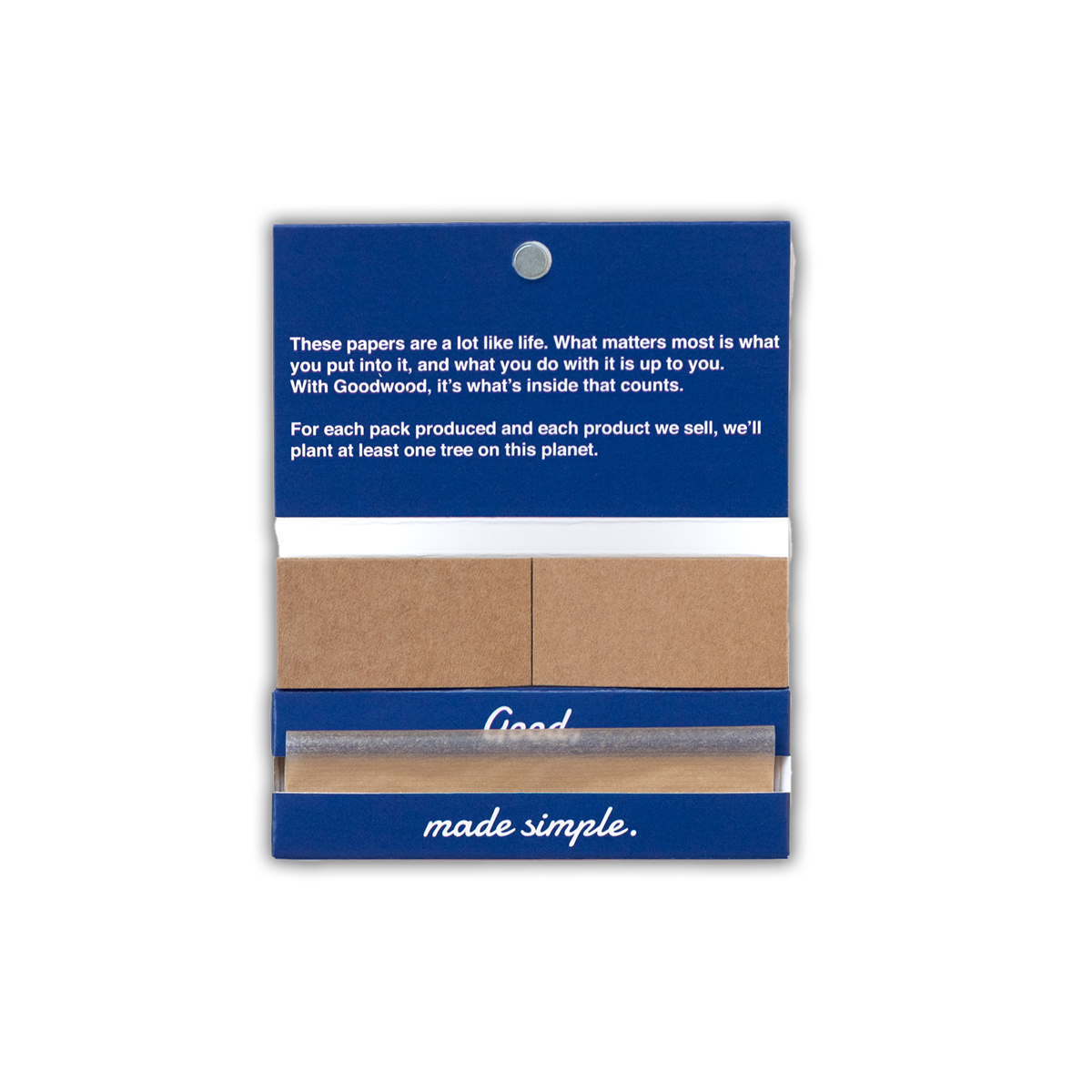

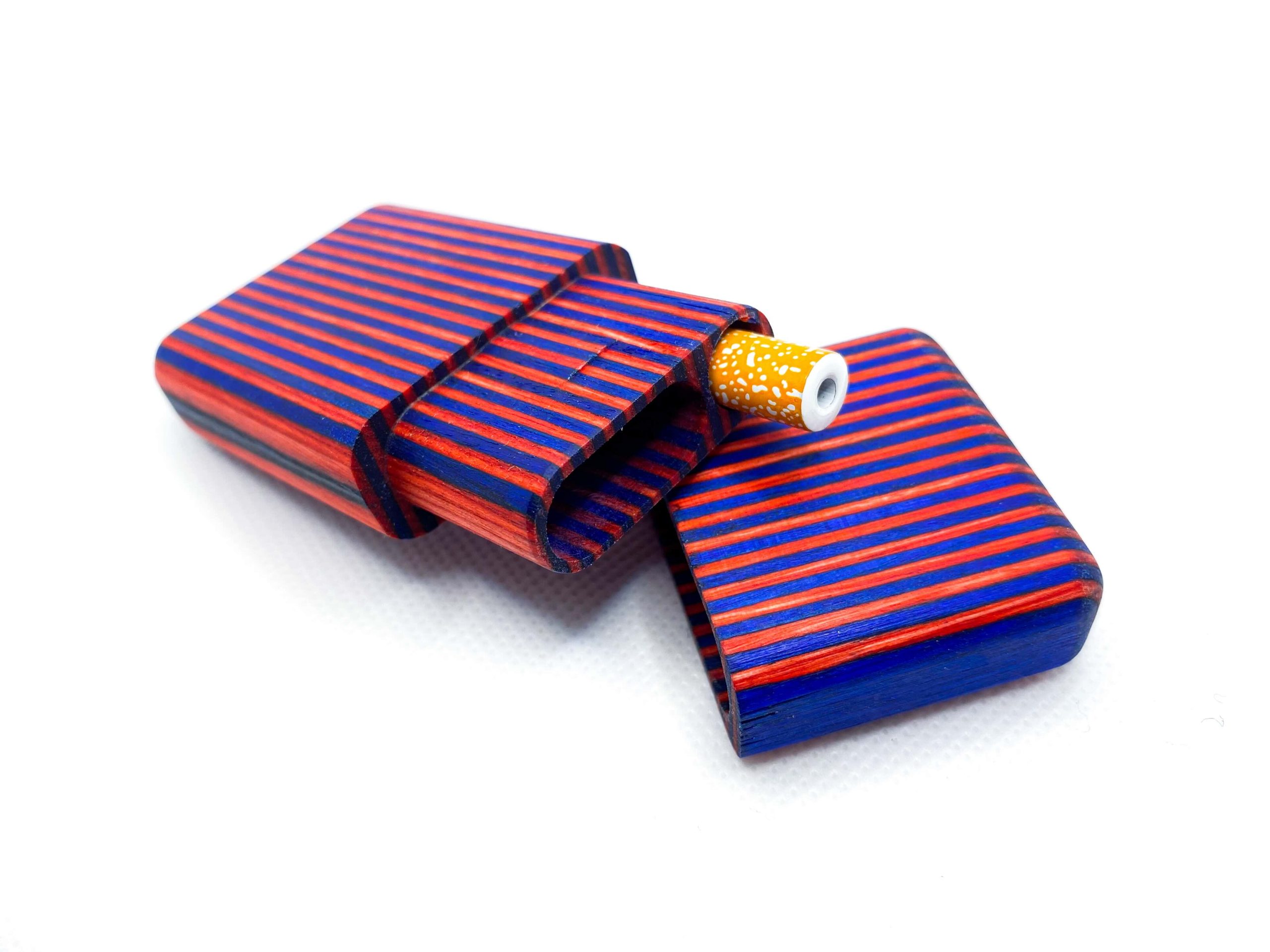
We selected colors and fonts, defined messaging, designed patterns, and created physical and digital assets. With our branding finalized, we worked to align our sales and marketing strategy with this new vision, ensuring our vendors had the necessary brand resources.
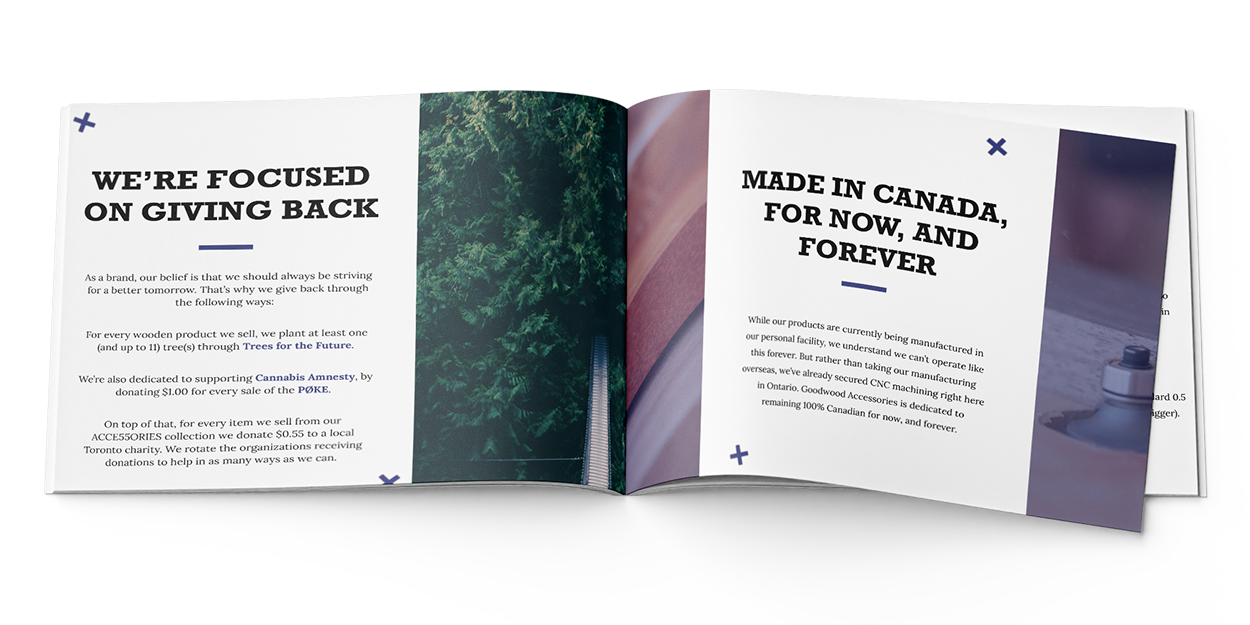
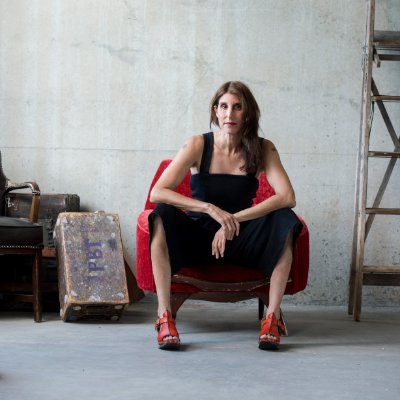
Creating a User-Centric Design
As I led the design and development of our direct-to-consumer e-commerce store, our goal was to streamline the shopping experience. Despite having six core products, we offered nearly thirty variations in different wood strains.
To simplify the process, we implemented a user-centric design by placing a sentence at the top of our shop page that utilized our shop filters based on the user’s habits. Within seconds, customers could find the exact products they were seeking.
Additionally, we expanded our e-commerce store to cater to retail vendors by offering wholesale options to approved users. This effort increased our re-order rate by 100%, streamlining the experience for store owners.
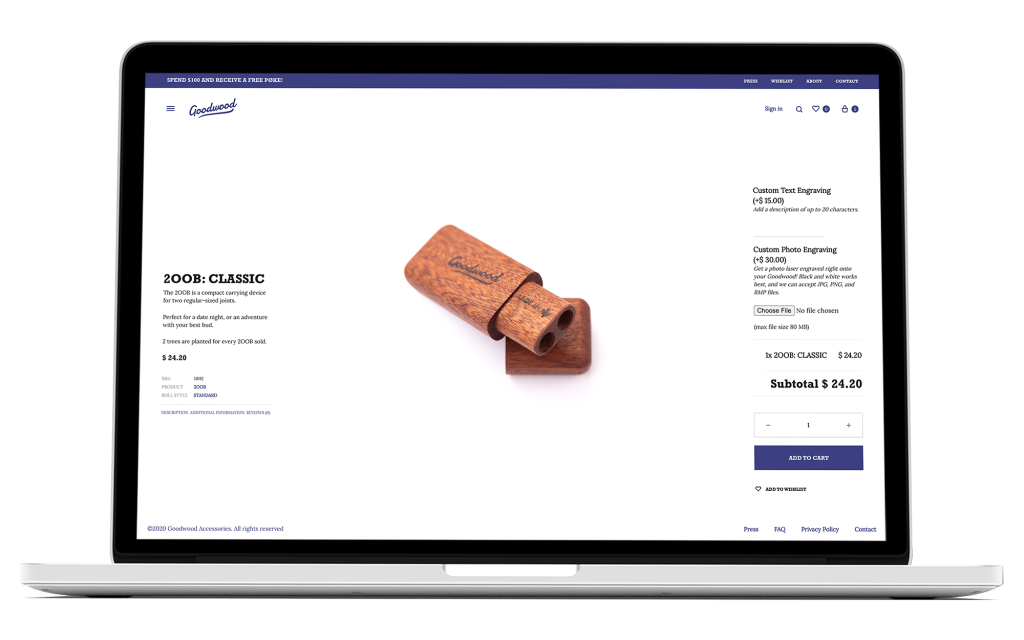
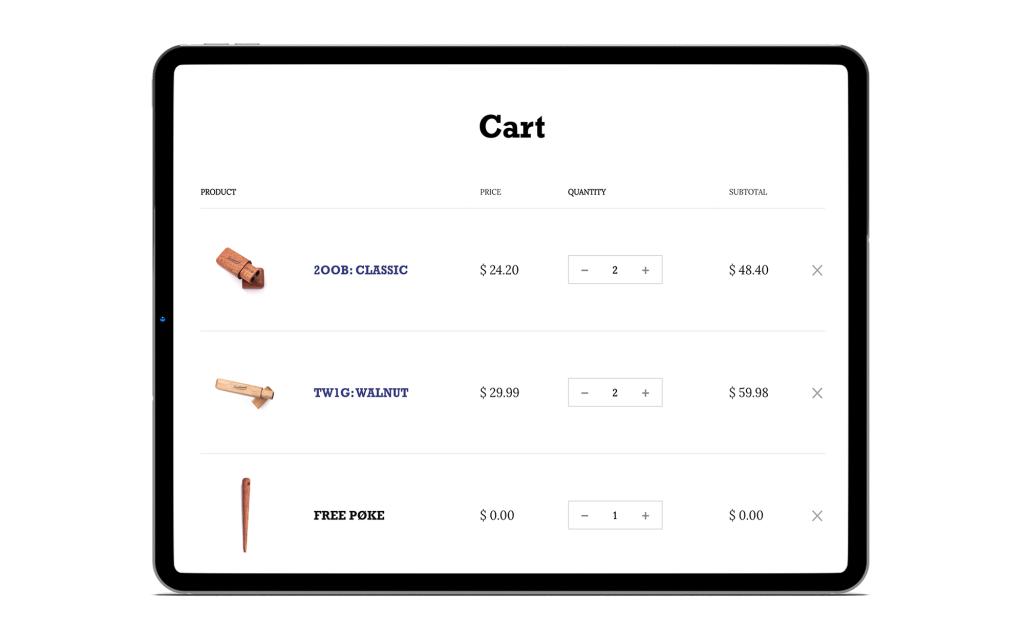
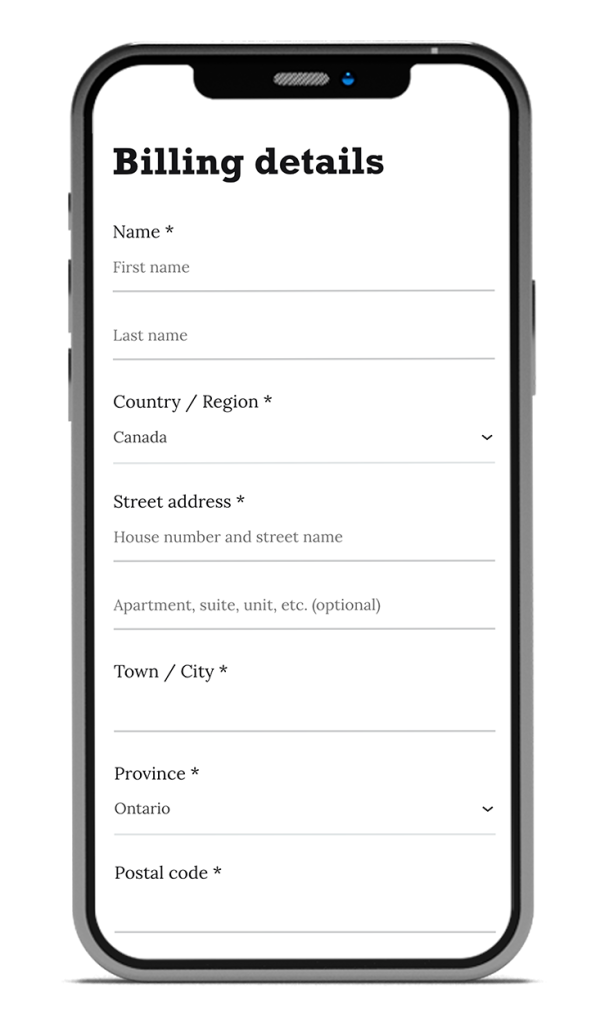
We created template pages to showcase the aesthetic beauty of our products, emphasizing the straightforward yet elegant product design. Consumers had the choice to personalize their purchases with either text or photo-based engravings directly on the page, ensuring a seamless shopping experience.
The Cart and Checkout pages were designed to reduce distractions throughout the purchase process. If a customer’s subtotal exceeded $100, a free PØKE was automatically included in their cart—rest assured, it was configured to be removed if their subtotal fell below $100.
Executing Vision through Video
Following our initial growth, we introduced our flagship product: the L1T K1T (pronounced Lit Kit). It served as the pièce de résistance—a standout product that introduced a completely new concept, a laptop-style travel case designed to carry all essential supplies in an elegant, timeless design. With the assistance of a second camera operator, I shot and edited a sneak peek video to promote this new product across our website, newsletter, and social media.
Scaling Alongside Organic Growth
After about six months, Goodwood was reaching $10,000 per month in sales without spending any marketing budget. We had gained significant traction among repeat customers, with roughly 45% of orders originating from the United States. We created multiple automated marketing initiatives to encourage and incentivize repeat purchases, referrals to friends, and more.
The implementation of this strategy secured us national distribution deals through multiple retailers. Our woodworking team increased from one to three people, moving out of the garage into a new shop and warehouse.
